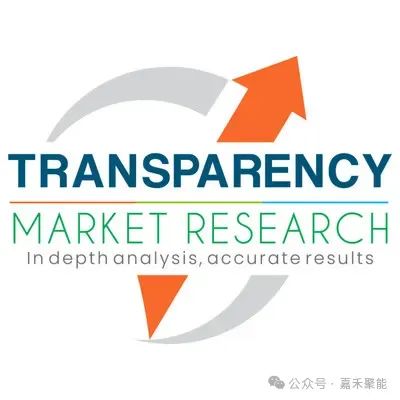Copyright © 2023. All rights reserved Green Harvest Energy Ltd.
Lize SOHO, Building 1, Yard 20, Lize Road, Fengtai District, Beijing
Telephone:15611817788 Zip code:100073 Email:ghe@ghe-cn.com
 Release time:2024-07-19
Release time:2024-07-19
 Number of views:
number
Number of views:
number
A move to environmentally friendly packaging and government policies will drive the plastics recycling market.
WILMINGTON, Del., July 18, 2024 /PRNewswire/ -- The plastic recycling industry was worth US$ 45.5 billion in 2023. By the end of 2035, the industry is projected to grow at a CAGR of 9.3% and reach US$ 129.5 billion by the end of the year. Through ongoing improvements in recycling technologies, like chemical and pyrolysis, plastics of all types may be recycled, including mixed and contaminated ones. Recycling rates could increase with these technologies, and recycled materials could be of higher quality.

Plastic, a versatile and affordable material that is widely used today. The main issue with plastic is its end-of-life disposal. Since last 70 years, nearly half of world's used plastic has been landfilled or dumped, with only 10% properly recycled. Annually, about 0.5% of global plastic waste enters the oceans, causing significant environmental harm. Plastic recycling has become a crucial process and is essential in mitigating the impacts of plastic waste on our environment.
Leading market players highlight the trend of increasing recycled plastic usage in industrial applications to save on costs and reduce carbon footprints. For example, the automotive industry uses recycled plastic for parts and components, while packaging and construction industries prefer it for boxes, bags, containers, and building materials. Consumer products like water bottles, eco-friendly sneakers, and outdoor furniture are also made from recycled plastic.
Various recycling techniques exist, but the traditional methods often result limitations due to property variations in recycled plastic. This is driving the advancements of chemical technologies like pyrolysis. The future of plastic recycling looks promising with these advancements.
Request for sample PDF copy of report: https://www.transparencymarketresearch.com/sample/sample.php?flag=S&rep_id=9049
Favorable regulatory policies also drive the industry. Europe, for example, aims to recycle about 55% of plastic packaging waste by 2030 through improved practices, increased infrastructure investment, and extended producer responsibility. Governments' proactive approach is evident in the growing investments in recycling infrastructure and technology for better efficiency and effectiveness.
Over the past 20 years, plastic recycling has grown significantly, especially in Asia Pacific and Europe. China and India have been crucial contributors to this growth in the Asia Pacific region.
Increasing consumer demand for sustainable packaging and products could make recycled plastics a more valuable raw material, resulting in increased investments in recycling infrastructure. Incentives and regulations may be implemented by governments worldwide to reduce plastic waste and promote plastic recycling. Recycling targets may be strengthened, extended producer responsibility programs implemented, and extended producer responsibility programs for composting may be implemented for companies that use recycled materials in their products.
Sustainable packaging solutions could become more popular with consumer awareness of plastic pollution. Recycling plastics, utilizing biodegradable materials, and developing alternatives to packaging, such as reusable containers and alternatives without packaging, are all ways to achieve these objectives.